Bananas are one of the most widely cultivated and consumed fruits on the planet. Grown in more than 135 countries, bananas are a staple food, a key export crop, and a vital source of income for millions of farmers, especially in tropical and subtropical regions. While most consumers recognize the familiar yellow Cavendish banana in supermarkets, the world of banana cultivation is incredibly diverse, comprising hundreds of varieties with different colors, shapes, flavors, and culinary uses.
This article explores the top banana varieties grown across the globe, highlighting their unique characteristics, primary growing regions, and importance in global agriculture.
1. Cavendish (AAA Group) – The Global Leader

Primary Producers: India, Ecuador, the Philippines, Colombia, Costa Rica
The Cavendish banana is the most recognizable variety in the global export market. It accounts for nearly 47% of global banana production and over 90% of international exports. Developed to replace the Gros Michel after it was devastated by Panama disease in the mid-20th century, Cavendish bananas are known for their sweet flavor, firm texture, and long shelf life, making them ideal for international trade.
Key Characteristics:
- Bright yellow skin when ripe
- Sweet and creamy flesh
- Medium-sized, curved shape
- Resistant to bruising during transport
Despite its global dominance, the Cavendish is increasingly vulnerable to Tropical Race 4 (TR4), a deadly strain of Panama disease, prompting scientists and growers to explore alternative varieties.
2. Gros Michel – The Predecessor
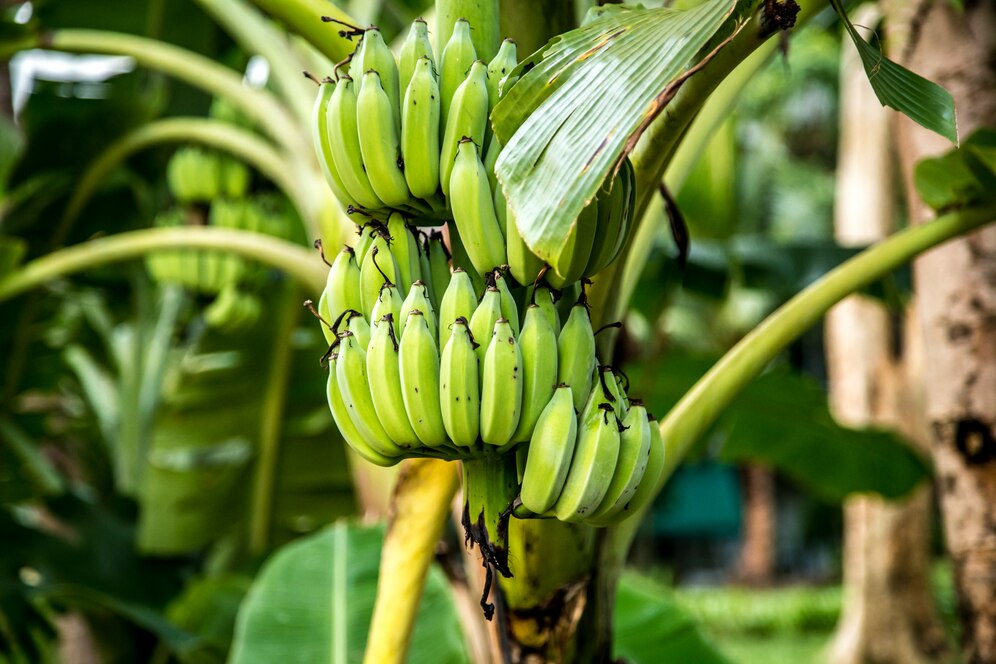
Primary Producers (now limited): Thailand, Malaysia, Honduras, Uganda
Before the Cavendish took over, Gros Michel was the leading commercial banana until the 1950s. It was prized for its rich, creamy taste and thick skin, which protected it during shipping. Unfortunately, the original strain was wiped out in many countries by Panama disease, but it still survives in small-scale farms and specialty markets.
Key Characteristics:
- Larger and thicker-skinned than Cavendish
- Rich, classic “banana” flavor
- Excellent for desserts and smoothies
3. Red Banana (AAA Group)
Primary Producers: India, East Africa, Central America, the Caribbean
Red bananas are a colorful and nutritious variety prized for their high antioxidant content and sweet, raspberry-like flavor. Their reddish-purple skin makes them visually distinct, while their soft, pinkish flesh contains more vitamin C and beta-carotene than yellow bananas.
Key Characteristics:
- Reddish-purple skin
- Sweet, berry-like taste
- Rich in potassium and vitamin C
- Eaten fresh or used in fruit salads
They are popular in local markets and often consumed fresh or used in health-conscious recipes.
4. Plantain (AAB Group) – The Cooking Banana
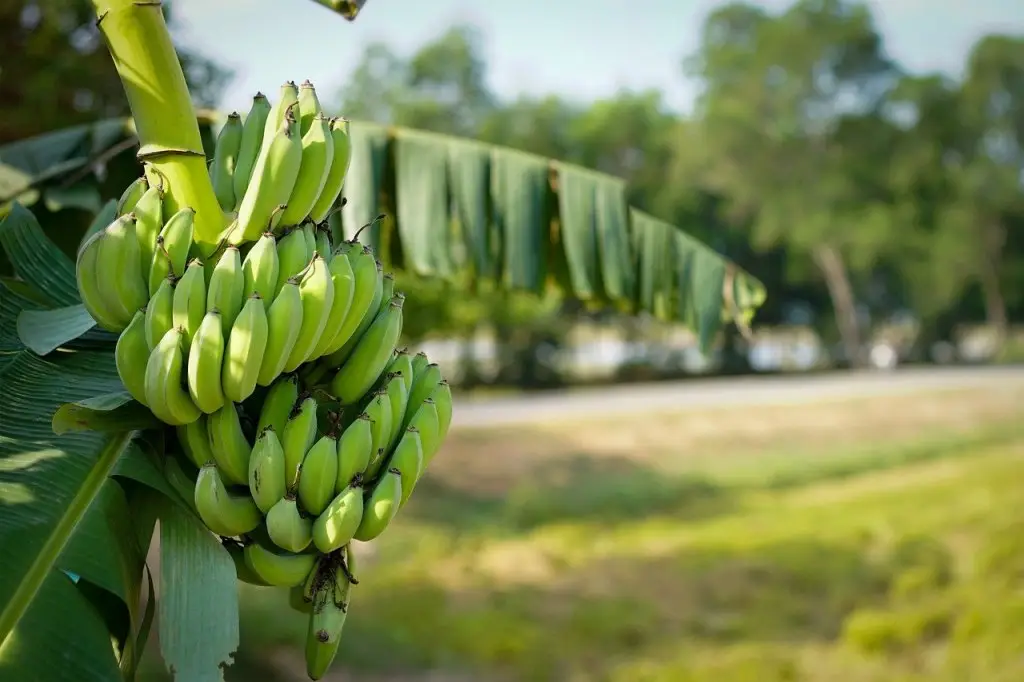
Primary Producers: Nigeria, Ghana, Cameroon, Colombia, Ecuador
Plantains are a staple food crop in many tropical regions, particularly in Africa and Latin America. Unlike sweet bananas, plantains are starchy and typically cooked before consumption. They are fried, boiled, baked, or mashed and used in traditional dishes.
Key Characteristics:
- Longer and thicker than dessert bananas
- Starchy texture, not eaten raw
- Rich source of complex carbohydrates
- Essential in African, Caribbean, and Latin American cuisine
Plantains make up a significant portion of banana production in West Africa, where they are a crucial food security crop.
5. Lady Finger (Sucrier or Sugar Banana)
Primary Producers: Australia, Southeast Asia, Central America
Known for their small size and intensely sweet flavor, Lady Finger bananas are popular in tropical and subtropical countries. They have a thinner peel and are eaten fresh or used in desserts.
Key Characteristics:
- Short, slender fruits
- Delicate, sweet flavor
- Popular in children’s snacks and tropical dishes
- Less prone to browning than other varieties
Lady Finger bananas are a favorite in domestic markets and are commonly grown in home gardens in countries like the Philippines and Indonesia.
6. Blue Java (Ice Cream Banana)

Primary Producers: Hawaii, Fiji, the Philippines
The Blue Java banana is famous for its vanilla ice cream-like flavor and unique blue-green skin. This variety is more cold-tolerant than others and is ideal for subtropical areas. It is gaining popularity in niche markets due to its taste and resilience.
Key Characteristics:
- Silvery-blue skin when unripe
- Creamy white flesh with vanilla flavor
- Excellent for smoothies and frozen desserts
- Tolerant to cooler climates
Because of its creamy texture, the Blue Java is often used as a dairy alternative in vegan diets.
7. Manzano (Apple Banana)
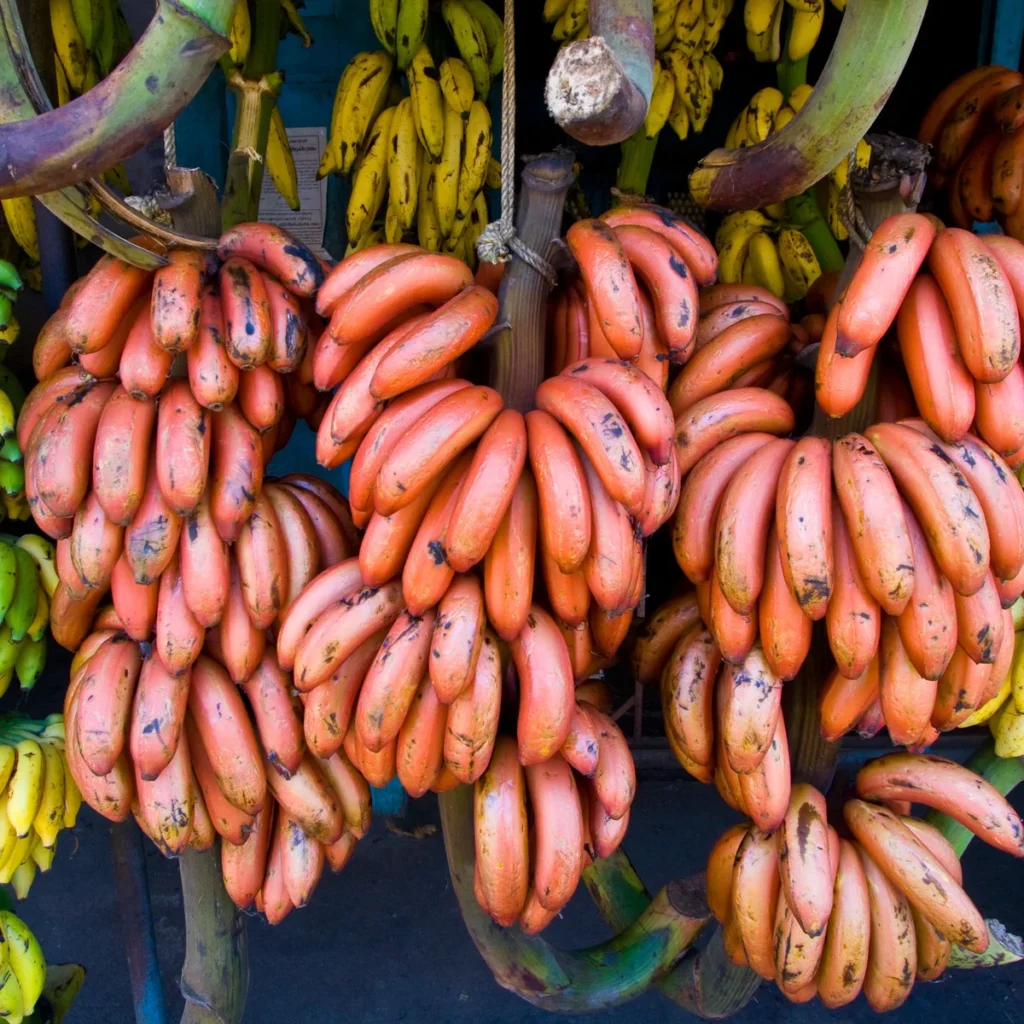
Primary Producers: Mexico, Central America, the Caribbean
Also called apple bananas, Manzano bananas are small and plump with a sweet, tart flavor reminiscent of apples or strawberries. They’re widely grown in Latin America and the Caribbean and are often used in desserts or eaten as snacks.
Key Characteristics:
- Short and chunky
- Sweet, apple-like taste
- Ideal for fresh consumption and fruit salads
- Popular in gourmet recipes
Their unique flavor makes them a favorite in culinary dishes and tropical cocktails.
8. Pisang Raja – Indonesia’s Favorite
Primary Producers: Indonesia
Pisang Raja is a beloved banana in Indonesia, frequently used in traditional desserts such as “pisang goreng” (fried banana). This variety is larger than Lady Finger and has a dense, flavorful flesh.
Key Characteristics:
- Golden yellow when ripe
- Excellent for frying and baking
- Staple in Indonesian street food
- Balanced sweet and tangy flavor
Pisang Raja is rarely exported, making it a regional favorite with strong cultural ties.
9. Saba (ABB Group) – The Filipino All-Rounder
Primary Producers: Philippines
Saba bananas are a dual-purpose variety from the Philippines used both for cooking and fresh consumption. They’re an essential ingredient in Filipino dishes like “banana cue” and “turon”.
Key Characteristics:
- Thick, angular shape
- Firm texture
- Ideal for boiling, frying, and grilling
- High yield and good disease resistance
Saba is a backbone of rural economies in the Philippines, valued for its versatility and hardiness.
10. Matoke – East Africa’s Staple Banana
Primary Producers: Uganda, Rwanda, Tanzania
Matoke refers to the cooking bananas of East Africa, particularly in Uganda, where it is the national dish. These bananas are steamed or boiled and mashed into a savory side dish.
Key Characteristics:
- Green-skinned and starchy
- Not sweet when raw
- Rich in carbohydrates
- Essential part of Ugandan cuisine
Matoke bananas have cultural significance and are central to food security in the region.
Global Production and Trade Trends
- India is the world’s largest banana producer, contributing over 26% of global production, though most are consumed domestically.
- Ecuador leads banana exports, followed by the Philippines, Colombia, and Costa Rica.
- The global banana trade is worth over $12 billion annually, with Cavendish dominating the commercial market.
- Rising threats like climate change, disease outbreaks (TR4), and monoculture dependency are pushing producers toward more diverse, resilient banana varieties.
Conclusion
Bananas are far more than the yellow fruit seen in supermarkets. From the creamy Blue Java to the starchy Matoke and the sweet Lady Finger, each variety tells a story about the land, culture, and people who cultivate it. As global challenges threaten the dominance of the Cavendish, the world is beginning to recognize the value of banana diversity, both for food security and economic sustainability. Understanding the top banana varieties grown worldwide not only informs agricultural practices but also deepens our appreciation for this remarkable fruit and its vital role in global food systems.
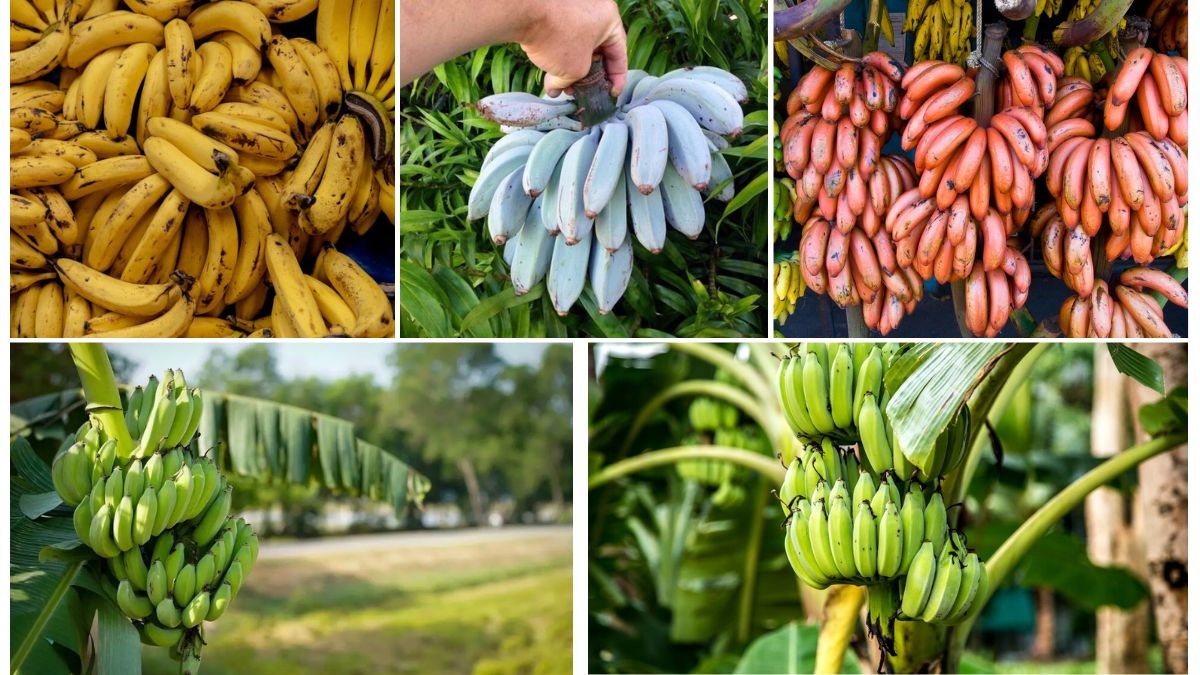
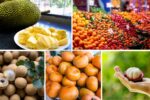
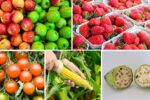
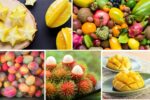
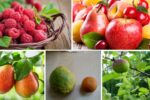
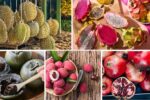
Leave A Comment